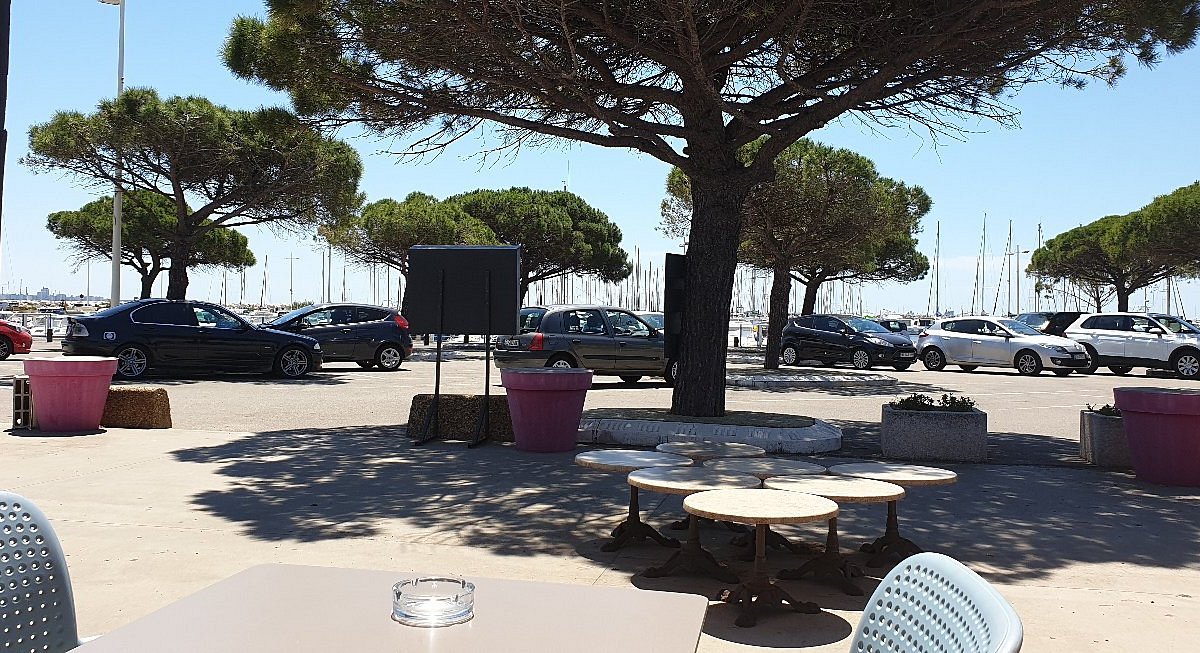
WEIGHT: 61 kg
Breast: SUPER
1 HOUR:100$
Overnight: +100$
Sex services: Toys / Dildos, Tie & Tease, Blow ride, For family couples, Spanking
In , the group Bayard Press brought out a magazine called Okapi for 7 to 12 year-olds. A new behavioural model for the new generation developed: accessing information, framing demands for change, taking action.
Yet, within the magazine, this spirit of protest existed alongside other more outmoded narratives, especially as regards the gender divide between boys and girls. My question is this: how can such discrepancies be explained? How did radicalism impact the Catholic culture of a youth press that had been around for several decades? The objective of the Assumptionists had originally been to promote the Catholic faith from the threat of the rise of liberalism.

The second specificity of the Bonne Presse was to be found in the way it developed magazine titles adapted to each age group from small children to adolescents, as well as girls and boys, and this from the beginning of the 20 th century onwards.
In the postwar period, the naming of the Father Wilfrid Dufault as superior general of the congregation led to a rejuvenation of their methods. An American, Father Dufault was aged only 45 years when he took office, and his aim was to modernise the material they produced for children and the young. To do this, he recruited young militants from the Catholic youth movements, notably Yves Beccaria.

In this period, the only other Catholic press group with titles for children, Fleurus, was in decline. While there were many secular magazines for the young, they were designed for entertainment, and were composed mainly of comic strips. In response to the growing dechristianisation of France, the group changed its name to Bayard Press in It might seem paradoxical then to search for the spirit of in a magazine for the young created by a Catholic press group founded in the 19 th century to combat the development of liberalism, particularly in education.

































